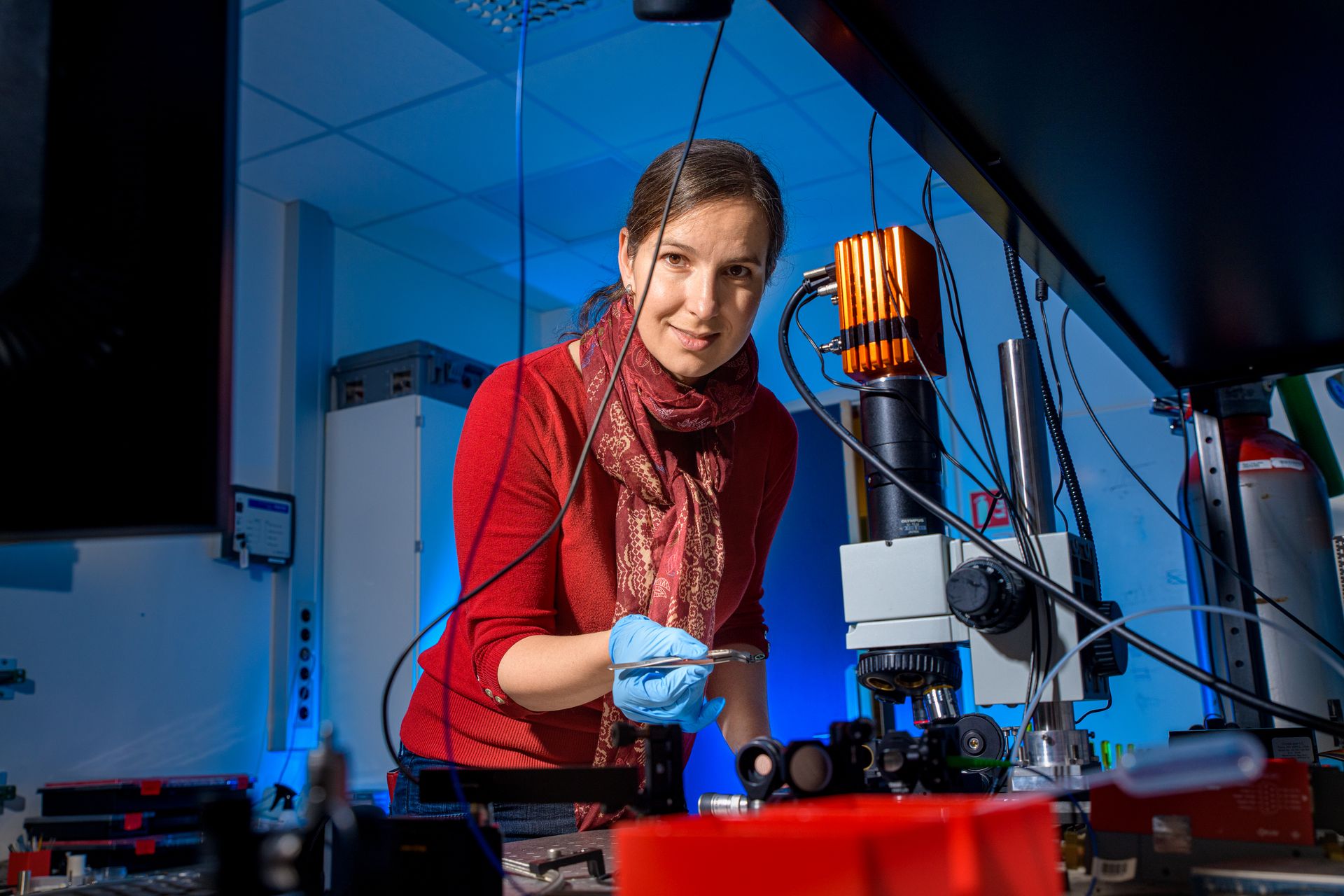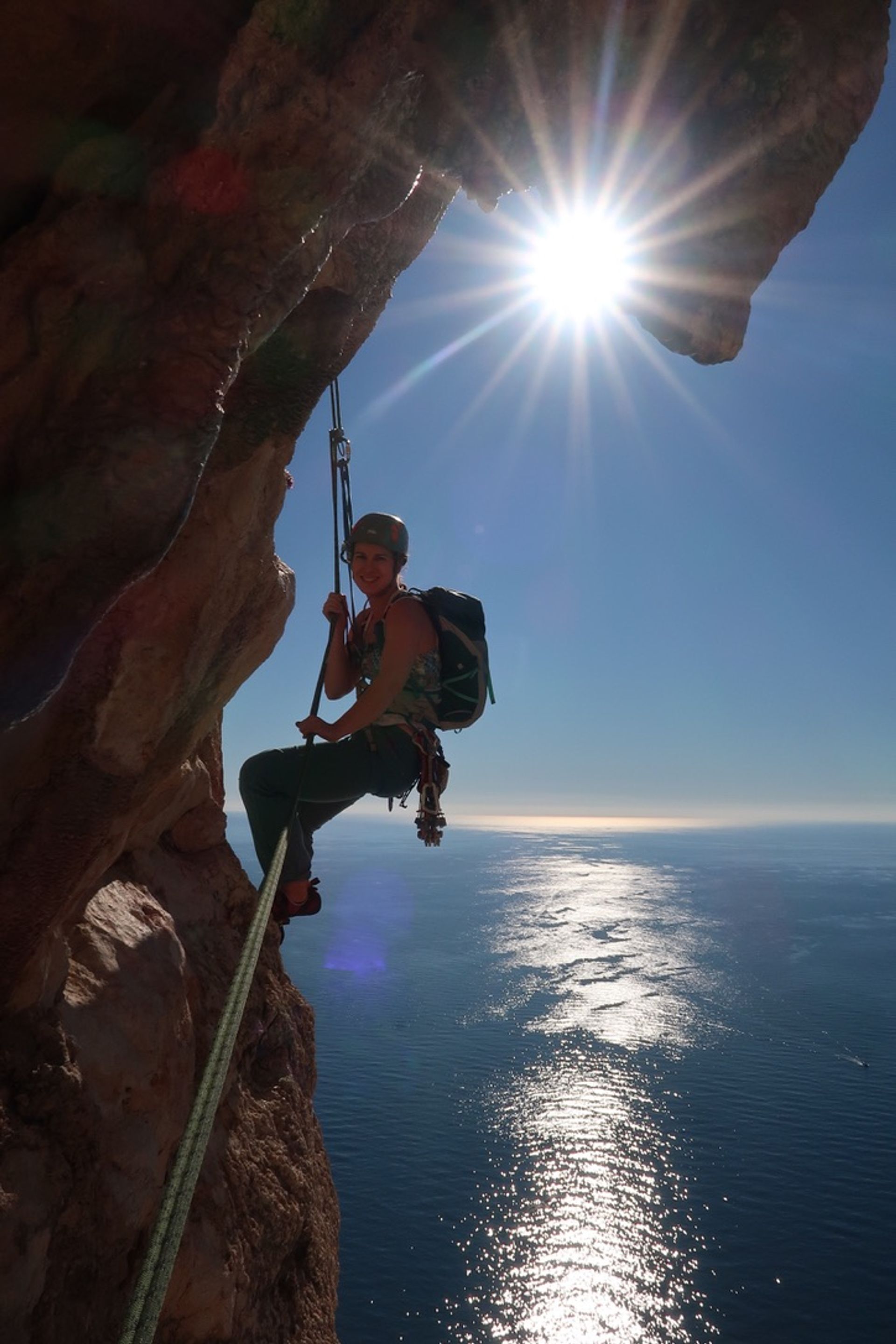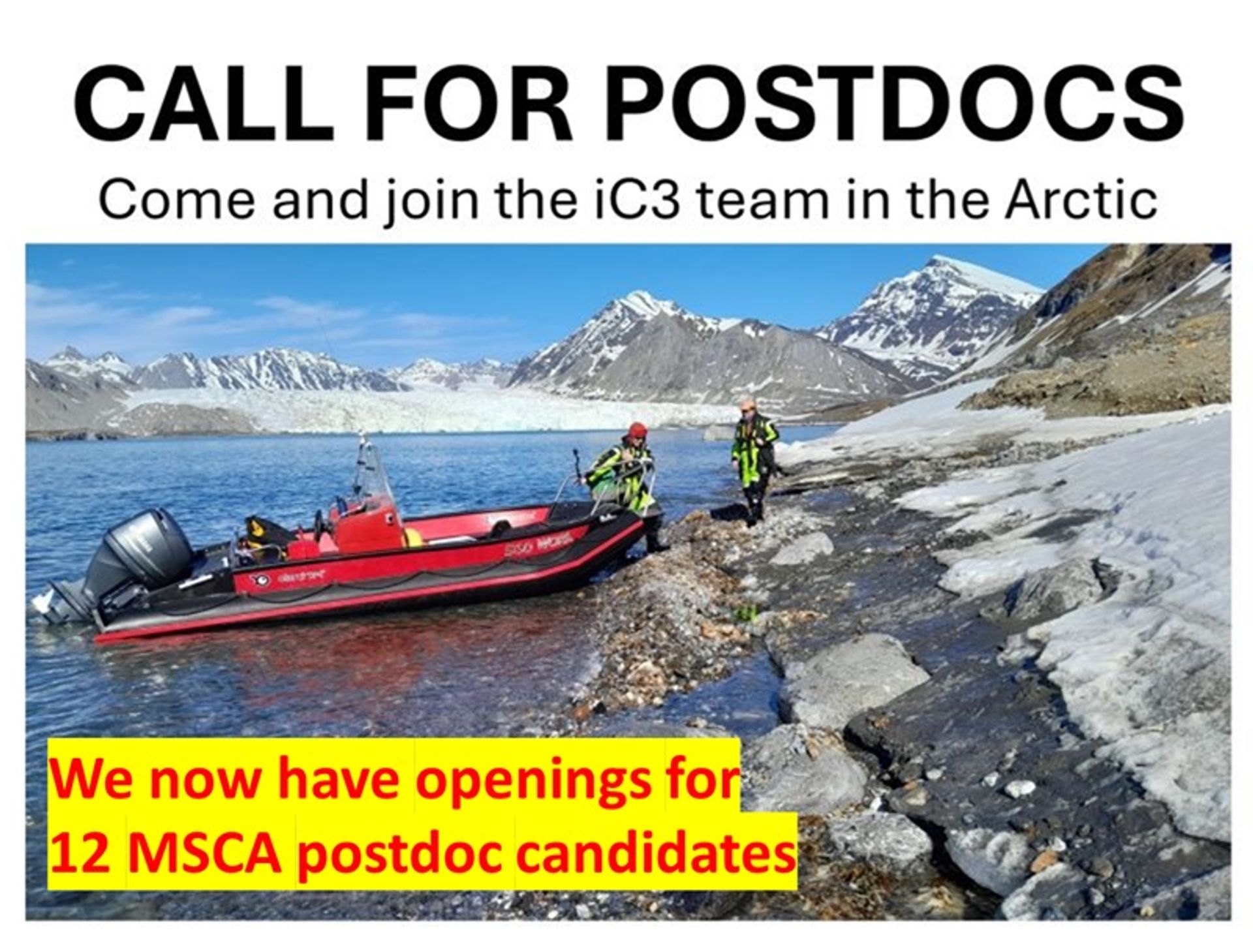Postdoc opportunity: Nanophotonic integrated circuits for use in environmental monitoring
February 12th, 2025
Our colleague Jana Jágerská is looking for a postdoctoral fellow interested in designing and building nanophotonic integrated circuits for use in environmental monitoring. The successful candidate will write an MSCA funding proposal to join iC3’s vibrant community of 25+ early career researchers. (See all 12 open postdoc opportunities with iC3 here.)
In this interview, Jana explains how her work contributes to better monitoring of the greenhouse gases in the atmosphere and the ocean, and outlines what she is looking for in a postdoctoral collaborator.
.
What are you researching, and why does it matter?
I am focused on developing nanophotonic integrated circuits at the Department of Physics and Technology at the Arctic University of Norway in Tromsø.

Photo credit: Lars Åke Andersen
These circuits are crucial for creating smaller, more efficient instruments to detect gases like methane and carbon dioxide, which are significant contributors to climate change. By miniaturizing these instruments, we aim to enhance our ability to monitor environmental changes and address critical climate issues.
The significance of this work lies in its potential to transform how we collect and analyze environmental data. Traditional gas detection methods are often bulky and costly, limiting their use in remote or challenging locations.
Our goal is to create compact, cost-effective sensors that can be deployed widely, providing real-time data on greenhouse gas emissions. This data is essential for developing climate mitigation strategies and informing policy decisions.
Additionally, the technology has potential applications beyond environmental monitoring, such as in industrial process control and healthcare diagnostics, making it a versatile tool for addressing global challenges.
.
What challenges do you face in detecting gases in different environments?
Detecting gases in water is particularly challenging due to water absorption, which can interfere with the signals.
To address this, we are exploring innovative methods such as microfluidic extraction to separate gases from water, allowing for more precise detection. This approach enables us to develop sensors that are compact yet highly effective across various environmental conditions, whether in the atmosphere or underwater.
.
How did you come to work in Tromsø?
I joined the University of Tromsø in 2015, attracted by Norway's natural beauty and the alignment of the job opportunity with my research interests. My career transitioned from fundamental research during my PhD in Switzerland to applied research in environmental monitoring.
This shift involved changing the spectral range of my research from telecom wavelengths to mid-infrared, which is more suitable for sensing applications and crucial for environmental monitoring.
.
What are some memorable moments or breakthroughs in your research?
One memorable breakthrough was the unexpected success of a design initially thought unfeasible. We experimented with a new configuration for our photonic circuits, and despite initial skepticism, the design worked remarkably well.
This success highlighted the importance of persistence and open-mindedness in research and led to significant advancements and patented technologies that are now central to our work.
.
How does your work align with the goals of iC3?
My sensors have potential applications in various environmental monitoring contexts, aligning closely with iC3's goals.
Collaboration with field scientists is essential to ensure the sensors meet real-world needs. By understanding the specific requirements of field scientists, I can tailor my designs in respect to which gases to detect, in which environmental conditions, with what precision, or at which sampling frequency.
.
What do you enjoy about teaching, and how does it complement your research?
I enjoy teaching higher-level courses in photonics. While I'm primarily a researcher, teaching allows me to share insights beyond textbooks, enriching the learning experience for students.
Education should be dynamic and interactive, empowering students to actively participate in their learning journey. Teaching also keeps me connected to the fundamentals of my field, which is essential for fostering innovation.
.
What qualities do you value in your collaborators?
I value professional competence and human qualities like reliability, honesty, and a shared passion for the science.
Successful collaboration involves working with people who think on the same wavelength and have complementary skills. It's important to have colleagues genuinely interested in the research goals rather than being driven solely by financial interests, as this fosters a productive and harmonious work environment.
.
How do you balance your professional and personal life?
Balancing work and personal life is challenging, especially after becoming a parent. I find solace in outdoor activities like rock climbing, which helps me clear my mind and focus on the present moment. Rock climbing provides a mental escape, allowing me to concentrate solely on the task at hand.

.
What are your future research plans?
I'm eager to continue collaborating with field scientists and exploring new methodologies.
I'm particularly interested in expanding my work to include Raman spectroscopy, which could broaden the scope of my sensors' applications. This represents an exciting new direction, allowing me to explore different detection methods while staying true to my core focus on photonic integrated circuits.
.
What impact do you hope your research will have?
I hope my work will significantly advance environmental monitoring and contribute to a better understanding of environmental changes. By developing small, reliable sensors for remote locations, I aim to bridge the gap between physics and environmental science, ultimately contributing to a more sustainable future.
.
If you are interested in applying for an MSCA postdoctoral fellowship with Jana, please read this first and then send her an email briefly outlining your proposed research project and enclose your CV.
The iC3 team will support the selected candidate throughout the process of writing a strong MSCA fellowship proposal. More information on MSCA opportunities with the iC3 Polar Research Hub and our support programme here.
